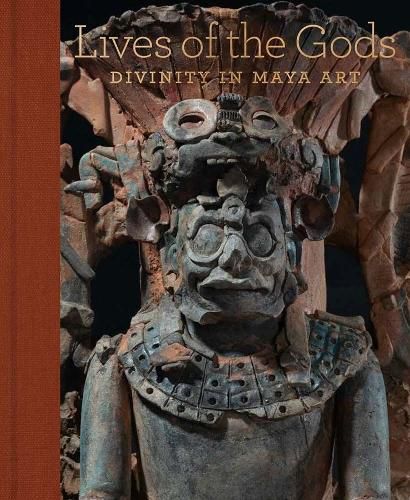This engaging exploration of the Maya pantheon introduces readers to the complex stories of Mesoamerican divinity through the stunning carvings, ceramics, and metalwork of the Classic period Lives of the Gods explores how ancient Maya peoples gave bodily form to the divine and explains the cosmological underpinnings of some of the greatest creative achievements of Maya civilization. Focusing on the Classic period (250-900 CE), the publication reveals how artists and scribes used diverse media-from the monumental to the miniature-to construct an aesthetic and a rhetoric of a powerful universe, as rich and complex as the more familiar Greco-Roman, Hindu-Buddhist, and Egyptian pantheons. In thematic chapters, the authors examine the mythical contents of Maya art, the relationship of divine lives with the landscape, the centrality of cycles associated with day and night, and the importance of maize as the ideal metaphor for the cycle of life, death, and rebirth. Other chapters discuss the divine in the daily lives of Maya kings and queens, the Maya’s close and personal dealings with protective patron deities, and the transmission of their traditions and worldview throughout the colonial period and into contemporary Maya communities.
Read More





